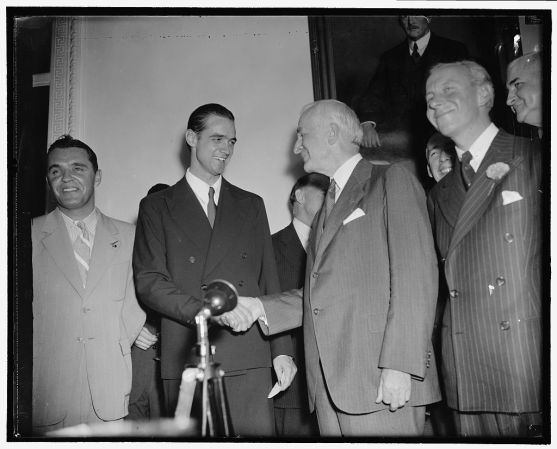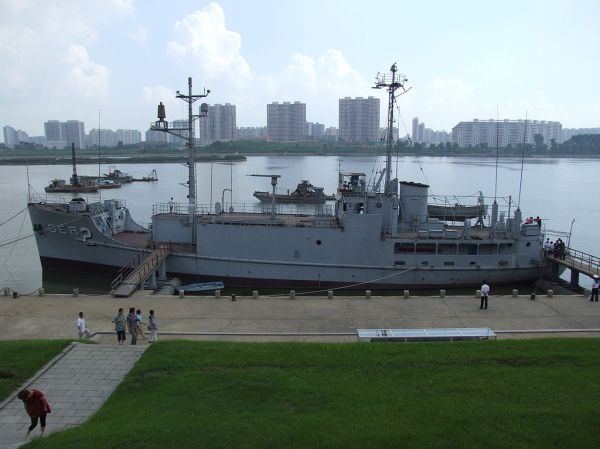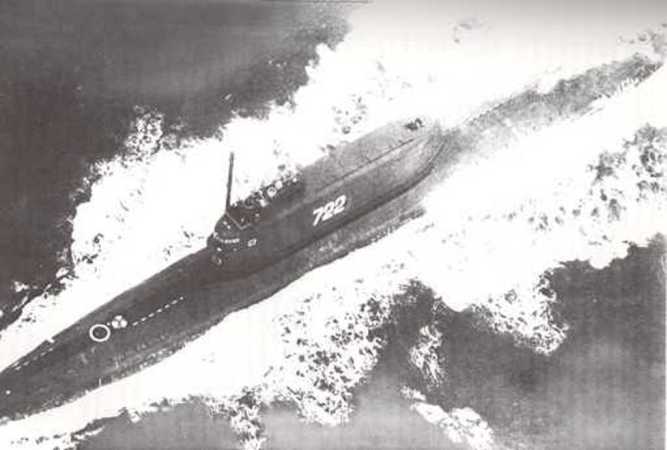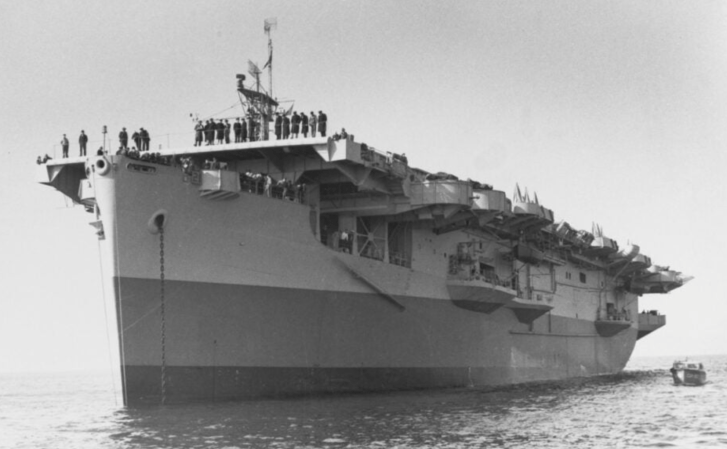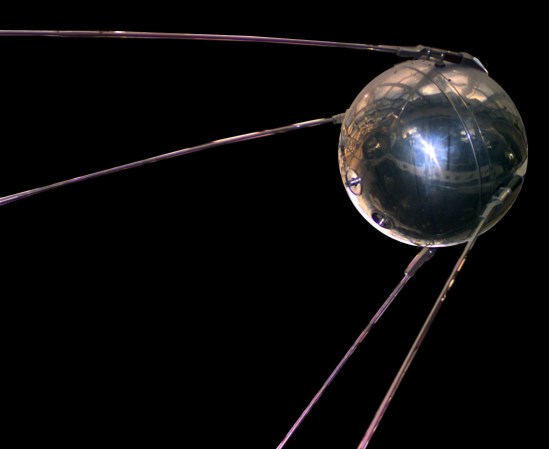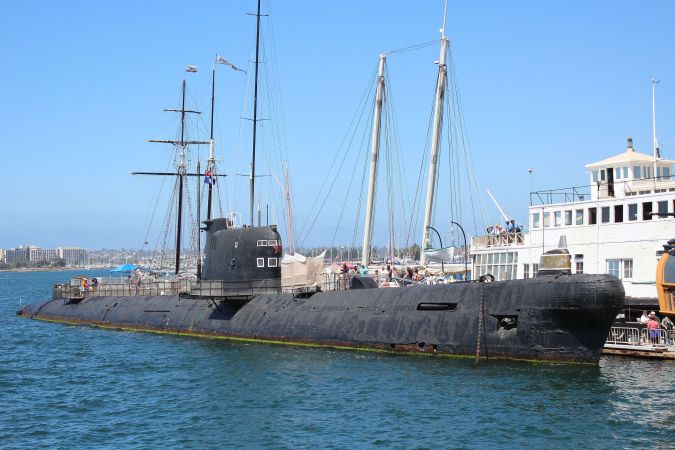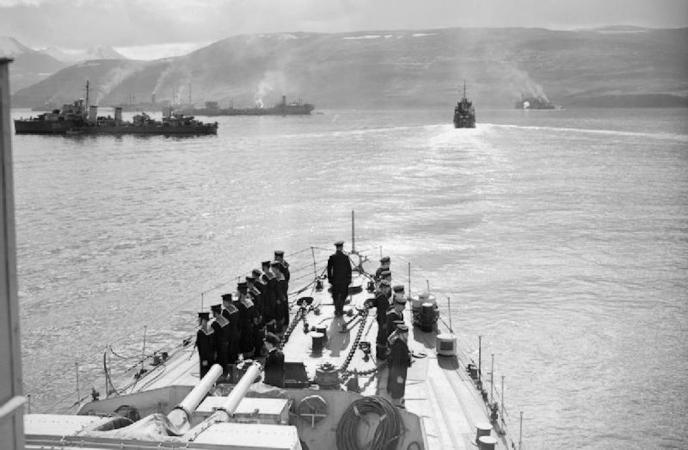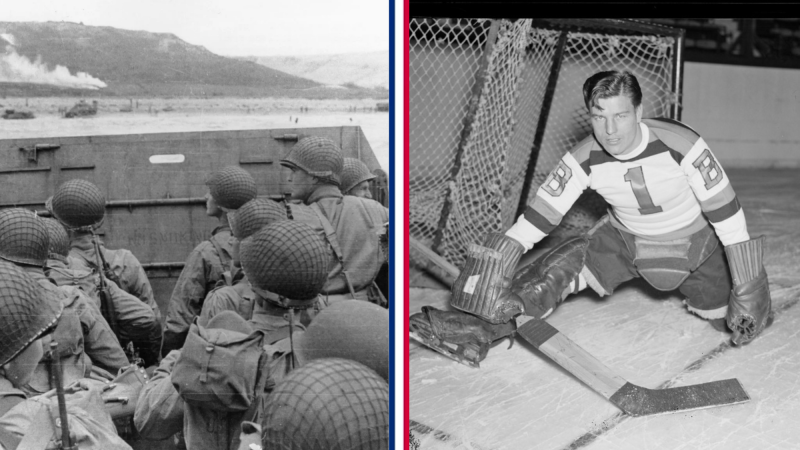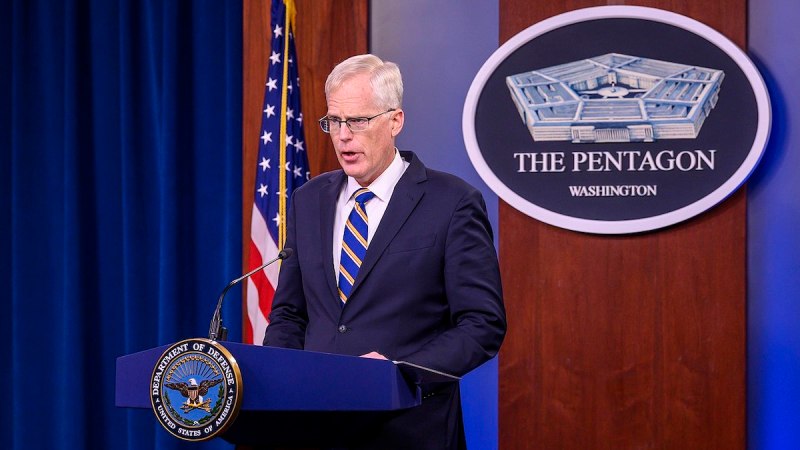An old sailor’s myth claims that any ship which fails to break a bottle of champagne during its christening ceremony is cursed forever.
This seemed to be exactly the case with the Soviet ballistic missile submarine K-19, later nicknamed “Hiroshima” by its crew after an accident in 1961 which almost resulted in a nuclear accident which would have rivaled the size and effect of Chernobyl, years later.
If it was any consolation to the horrified sailors who witnessed the champagne bottle bounce intact off the K-19’s stern during its induction ceremony, the sub was already thought to be cursed thanks to the deaths of a number of shipyard workers involved in its construction. Upon its acceptance to the Soviet Navy, its 35-year old captain, Nikolai Zateyev called the ship unfit for service, noting that the USSR’s rush to catch up to American submarine advances had caused the country to cut corners in designing its new vessels.

Regardless, the K-19 entered into active service and set sail on its maiden voyage in 1961, operating in the North Atlantic below the shipping lanes that crisscrossed the Atlantic. On the 4th of July — while millions of families made their way to parks to barbecue and watch fireworks in the United States — the K-19’s powerplant experienced a leak in its cooling system while the vessel was submerged southeast of Greenland.
In a matter of minutes, the situation worsened when the ship’s twin reactors began heating up uncontrollably.
If something wasn’t done to solve the cooling issue immediately, a nuclear meltdown would have followed, causing untold amounts of radiation to spew over the North Atlantic, and almost certainly travel over into Western Europe or even parts of Canada and the United States.
Zateyev ordered his crew to devise a “jury-rigged” cooling system, using scrounged-up parts and components of the submarine to re-route water into tubes around the reactors. In the meanwhile, members of the crew volunteered to go into the reactor spaces to attempt to fix the system, receiving fatal doses of radiation almost instantaneously.
None of the ship’s engineering crew would survive, and many more died from radiation poisoning in the years after the near-meltdown. Many of these sailors were later buried in lead coffins, quietly and away from the public eye.

According to David Miller in his book “Submarine Disasters,” a distress signal emitted from the K-19 was soon picked up by nearby American warships, whose crew offered to assist the stricken sub and her complement. However, Zateyev, worried about losing his ship to the United States — then the enemy during the height of the Cold War — decided instead to sail towards a nearby Soviet diesel submarine. That linkup allowed the K-19’s crew to offload safely.
In the aftermath of the near-catastrophe, the Soviet Navy sought to downplay the nature of the incident, forcing the crew of the K-19’s 1961 cruise to swear an oath of secrecy; violations would result in a lengthy stay at a gulag.
Nevertheless, a number were still decorated for bravery and their role in preventing what could have been an unmitigated disaster. Zateyev went on to serve in the Soviet Navy for another 25 years, passing away eventually from lung disease. The official report on the condition of the sick sailors stated that they were suffering from a form of mental illness.
That, however, wasn’t the end of K-19’s story. Now widely known throughout the Soviet Navy as “Hiroshima,” the ship was repaired and reentered into active duty.
In 1969, a collision with an American submarine disfigured Hiroshima, ending its patrol prematurely. In the 1970s, the submarine suffered a series of fires that killed 30 sailors and wounded scores more. The K-19 was clearly, by this point, living up to its curse.
The oath inflicted upon the 1961 cruise sailors was lifted after the fall of the Soviet Union, and what was once a closely-guarded secret was told to the world. In 2006, former Soviet President Mikhail Gorbachev made public the courageousness of the crew in a letter to the Nobel Prize committee, nominating the survivors for a Nobel Peace Prize.
K-19 was finally retired from service in 1991 having been active for nearly 30 years, and accumulating hundreds of thousands of miles transiting through the world’s oceans. Instead of preserving the ship as a monument to the men who served aboard her, and had a hand in saving millions from nuclear poisoning, the Russian government elected to dismantle and dispose of the vessel, finally ridding its navy of the cursed ship.



